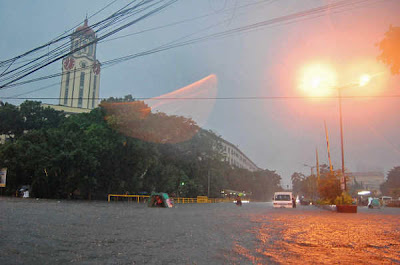June -July 2012 PNLE RESULTS

June 2012 NLE Results is now released by the PRC. The PRC said on August 23 that 27,823 out of 60,895 passed the Nurse Licensure Examination given by the Board of Nursing in the cities of Manila, Baguio, Cagayan de Oro, Cebu, Dagupan, Davao, Iloilo, Laoag, Legazpi, Lucena, Nueva Ecija, Pagadian, Pampanga, Tacloban, Tuguegarao and Zamboanga last June 2012. The members of the Board of Nursing are Carmencita M. Abaquin, Chairman; Leonila A. Faire, Betty F. Merritt, Perla G. Po, Marco Antonio C. Sto.Tomas, Yolanda C. Arugay and Amelia B. Rosales, Members. Pursuant to Section 16, of Republic Act No. 9173, “all successful candidates in the examination shall be required to take an oath of professional before the Board or any government official authorized to administer oaths prior to entering upon the nursing practice”. Registration for new nurses shall require the following: duly accomplished Oath Form or Panunumpa ng Propesyonal, current Community Tax Certificate (cedula), 2 pieces pass...




